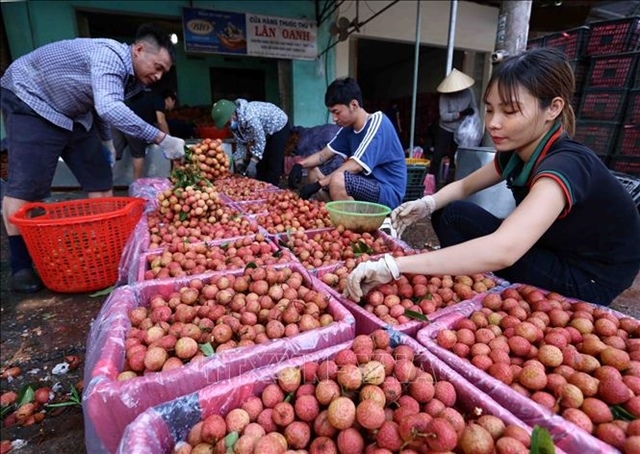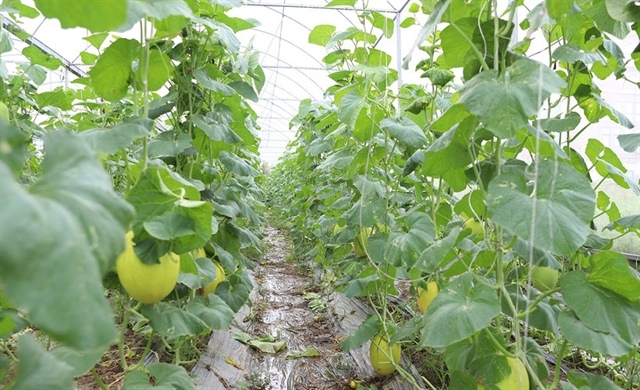Plastics export earnings rise 18%
Plastics export earnings rise 18%
The domestic plastic industry has achieved high growth in exports but continues to face difficulties arising from a lack of input materials, said the Viet Nam Plastic Association (VPA).

The Thoi bao Kinh te Viet Nam (Vietnam Economic Times) newspaper quoted the association as saying that in the third quarter of 2014, the industry achieved a 17.9-per cent year-on-year increase in the total export value of plastic products to US$2 billion.
During the period, export value showed strong growth, posting year-on-year increases of 78.28 per cent for the Myanmar market, 69.19 per cent for the Belgian market and 67.73 per cent for the Swedish market.
VPA Chairman Ho Duc Lam said that in the third quarter, Japan was the largest export market for Vietnamese plastic products, accounting for 24.79 per cent of total export value. Export value to Japan had a year-on-year surge of 25.2 per cent, with 20 kinds of plastics products, mainly for transport, packaging and office stationery. The association expected export value to Japan to grow by 13 per cent for this year.
The United States was the second largest export market, accounting for 12.65 per cent of total export value. Export value to the US had a year-on-year surge of 38.69 per cent. The association estimated export value to the US to increase by 11 to 13 per cent, though Vietnamese exporters faced anti-dumping duties for their export of plastic and spongy air bubble bags to the US.
The association and domestic plastic exporters have prepared documents and data for US offices on the sunset review of anti-dumping duties in the last quarter of this year, Lam said.
Meanwhile, the domestic plastic industry also had opportunities to promote products to the European Economic Zone because anti-dumping duties of between eight to 30 per cent were imposed on some Asian countries but not on Viet Nam.
The VPA expected the country to achieve a year-on-year surge of 16.5 per cent in plastic export value to $2.6 billion for 2014, Lam added.
However, domestic plastic producers must import 80 per cent of their input materials, and these accounted for 70 to 80 per cent of production costs, thereby reducing the added value and competitiveness of these products.
To achieve sustainable development in the future, Lam suggested that domestic plastic producers produce plastic material, export environment-friendly products with high added value that meet international health and safety standards and update their production technology.
bizhub






















